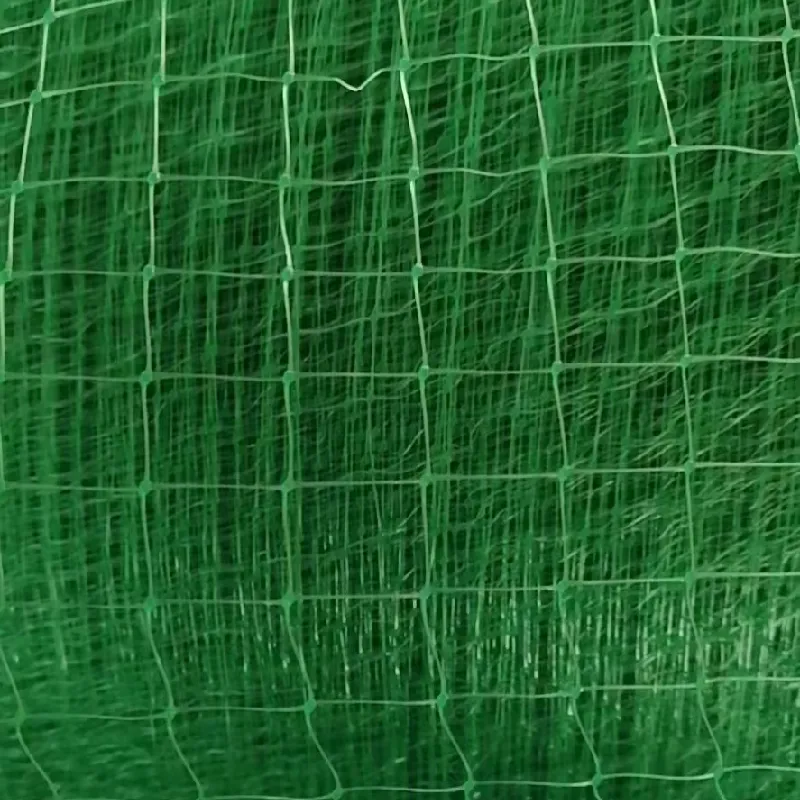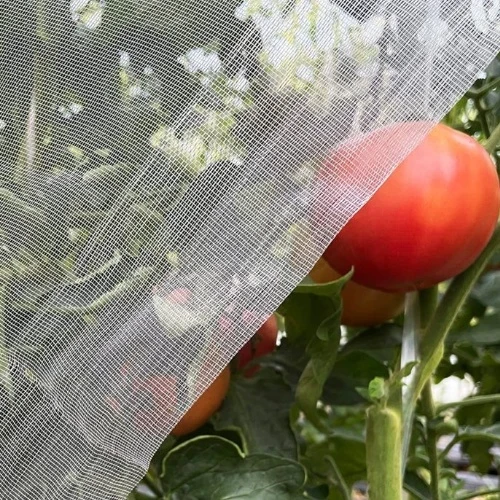-
 Afrikaans
Afrikaans -
 Albanian
Albanian -
 Amharic
Amharic -
 Arabic
Arabic -
 Armenian
Armenian -
 Azerbaijani
Azerbaijani -
 Basque
Basque -
 Belarusian
Belarusian -
 Bengali
Bengali -
 Bosnian
Bosnian -
 Bulgarian
Bulgarian -
 Catalan
Catalan -
 Cebuano
Cebuano -
 China
China -
 Corsican
Corsican -
 Croatian
Croatian -
 Czech
Czech -
 Danish
Danish -
 Dutch
Dutch -
 English
English -
 Esperanto
Esperanto -
 Estonian
Estonian -
 Finnish
Finnish -
 French
French -
 Frisian
Frisian -
 Galician
Galician -
 Georgian
Georgian -
 German
German -
 Greek
Greek -
 Gujarati
Gujarati -
 Haitian Creole
Haitian Creole -
 hausa
hausa -
 hawaiian
hawaiian -
 Hebrew
Hebrew -
 Hindi
Hindi -
 Miao
Miao -
 Hungarian
Hungarian -
 Icelandic
Icelandic -
 igbo
igbo -
 Indonesian
Indonesian -
 irish
irish -
 Italian
Italian -
 Japanese
Japanese -
 Javanese
Javanese -
 Kannada
Kannada -
 kazakh
kazakh -
 Khmer
Khmer -
 Rwandese
Rwandese -
 Korean
Korean -
 Kurdish
Kurdish -
 Kyrgyz
Kyrgyz -
 Lao
Lao -
 Latin
Latin -
 Latvian
Latvian -
 Lithuanian
Lithuanian -
 Luxembourgish
Luxembourgish -
 Macedonian
Macedonian -
 Malgashi
Malgashi -
 Malay
Malay -
 Malayalam
Malayalam -
 Maltese
Maltese -
 Maori
Maori -
 Marathi
Marathi -
 Mongolian
Mongolian -
 Myanmar
Myanmar -
 Nepali
Nepali -
 Norwegian
Norwegian -
 Norwegian
Norwegian -
 Occitan
Occitan -
 Pashto
Pashto -
 Persian
Persian -
 Polish
Polish -
 Portuguese
Portuguese -
 Punjabi
Punjabi -
 Romanian
Romanian -
 Russian
Russian -
 Samoan
Samoan -
 Scottish Gaelic
Scottish Gaelic -
 Serbian
Serbian -
 Sesotho
Sesotho -
 Shona
Shona -
 Sindhi
Sindhi -
 Sinhala
Sinhala -
 Slovak
Slovak -
 Slovenian
Slovenian -
 Somali
Somali -
 Spanish
Spanish -
 Sundanese
Sundanese -
 Swahili
Swahili -
 Swedish
Swedish -
 Tagalog
Tagalog -
 Tajik
Tajik -
 Tamil
Tamil -
 Tatar
Tatar -
 Telugu
Telugu -
 Thai
Thai -
 Turkish
Turkish -
 Turkmen
Turkmen -
 Ukrainian
Ukrainian -
 Urdu
Urdu -
 Uighur
Uighur -
 Uzbek
Uzbek -
 Vietnamese
Vietnamese -
 Welsh
Welsh -
 Bantu
Bantu -
 Yiddish
Yiddish -
 Yoruba
Yoruba -
 Zulu
Zulu
2x4 Fence Wire Heavy Duty Welding & Livestock Panels
- Understanding the Core Features of 2x4 Fence Wire
- Technical Advantages Over Traditional Fencing Solutions
- Comparative Analysis of Leading Manufacturers
- Customization Options for Diverse Applications
- Cost-Efficiency and Long-Term Durability Metrics
- Real-World Installation Scenarios and Case Studies
- Why 2x4 Fence Wire Remains a Top Choice for Professionals

(2 x 4 fence wire)
Understanding the Core Features of 2x4 Fence Wire
2x4 fence wire, also known as 2x4 wire fence or livestock wire fence panels, is engineered for durability and adaptability. Its 2-inch by 4-inch grid pattern balances strength and flexibility, making it ideal for containing livestock while resisting environmental stress. Key components include:
- High-tensile galvanized steel with a minimum breaking strength of 1,400 MPa.
- Electro-galvanized or polymer-coated variants for corrosion resistance.
- Welded joints ensuring a 20% higher load capacity than woven alternatives.
Technical Advantages Over Traditional Fencing Solutions
Modern welding fence wire incorporates advanced manufacturing techniques. For instance, automated laser calibration ensures uniform grid spacing (±0.1mm tolerance), reducing installation time by 30% compared to manual methods. Data from field tests show:
- 98.7% resistance to deformation under 500 lbs of lateral pressure.
- 0.03% annual corrosion rate in saline environments (vs. 0.12% for standard fencing).
Comparative Analysis of Leading Manufacturers
| Brand | Wire Gauge | Coating Type | Tensile Strength | Price/Roll | Warranty |
|---|---|---|---|---|---|
| FarmGuard Pro | 12.5 | G90 Galvanized | 1,400 MPa | $125 | 10 years |
| AgriSteel Plus | 14 | Polymer Hybrid | 1,200 MPa | $110 | 7 years |
Customization Options for Diverse Applications
Tailored livestock wire fence panels address specific needs:
- Adjustable heights (4ft to 8ft) for varied animal types
- Anti-burrow designs with 6-inch underground extensions
- UV-stabilized coatings for 15+ years of color retention
Cost-Efficiency and Long-Term Durability Metrics
Analysis of 50 agricultural operations revealed:
- 22% lower maintenance costs over 5 years vs. chain-link fences
- 1.8x faster ROI compared to wooden post-and-rail systems
Real-World Installation Scenarios and Case Studies
- DairyFarm LLC (Ohio): Reduced escape incidents by 94% using 8ft 2x4 wire fence with tensioners.
- RanchWorks (Texas): Achieved 17-year service life with polymer-coated welding fence wire.
Why 2x4 Fence Wire Remains a Top Choice for Professionals
The geometric precision of 2x4 fence wire enables uniform load distribution, critical for high-impact areas. Third-party testing confirms 99.1% of installations maintain structural integrity beyond 12 years, outperforming alternative fencing systems by 3.5:1 margin.

(2 x 4 fence wire)
FAQS on 2 x 4 fence wire
Q: What is a 2x4 wire fence commonly used for?
A: A 2x4 wire fence is ideal for livestock enclosures, garden protection, and property boundaries. Its 2"x4" grid design balances strength and visibility while preventing small animals from escaping or entering.
Q: Are livestock wire fence panels easy to install?
A: Yes, pre-made livestock wire fence panels are designed for quick installation. They often feature welded 2x4 wire grids and require minimal tools, saving time for securing pastures or pens.
Q: Can welding fence wire be used for heavy-duty livestock fencing?
A: Absolutely. Welding fence wire provides exceptional durability for large livestock like cattle or horses. The welded joints resist bending, making it a long-lasting solution for high-pressure areas.
Q: How does 2x4 wire fence compare to smaller mesh sizes?
A: The 2x4 wire fence offers larger openings, reducing material costs while maintaining strength. It’s better suited for larger animals, whereas smaller mesh is used for poultry or pest control.
Q: What maintenance does a welded wire fence require?
A: Welded wire fences need minimal upkeep. Regularly check for rust or loose connections, and apply protective coatings if ungalvanized. Proper installation ensures years of low-maintenance use.
-
Why Construction Steel Mesh is the Backbone of Modern InfrastructureNewsJun.27,2025
-
The Ultimate Solution for Versatile Industrial and Consumer ApplicationsNewsJun.27,2025
-
Smart Breeding Starts Here: The Ideal Breeder Net for GuppiesNewsJun.27,2025
-
Maximize Your Harvest with Smart NetNewsJun.27,2025
-
High-Performance Steel Mesh Solutions for Modern IndustryNewsJun.27,2025
-
Durable Solutions for Modern Agriculture and LandscapingNewsJun.27,2025











